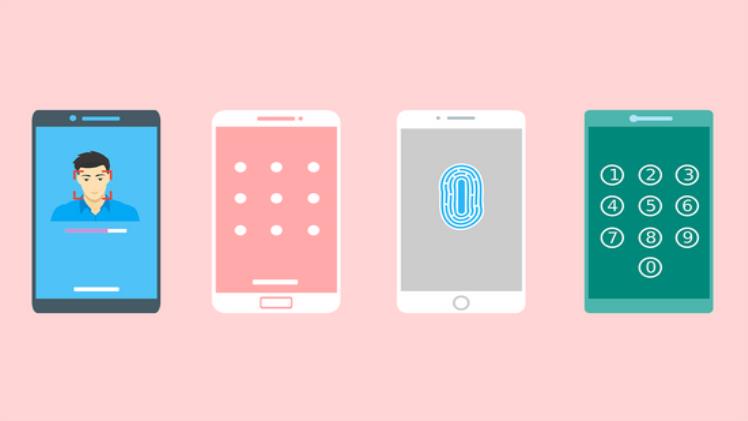Technology advancements make people rely on mobile applications for their day-to-day operations. However, this increased reliance on apps also brings about heightened security risks. As cyber threats evolve and become more sophisticated, enterprises must prioritize protecting their valuable data and sensitive information. This article highlights the crucial role of app shielding and two-factor authentication (2FA) in safeguarding enterprise assets and emphasizes their significance in maintaining robust security measures.
App Shielding: Bolstering App Security
App shielding refers to a comprehensive set of techniques aimed at fortifying the security of mobile applications. It involves implementing various measures such as code obfuscation, tamper detection, and runtime application self-protection (RASP) to shield the app from malicious attacks. App shielding serves as a proactive defense mechanism against reverse engineering, unauthorized access, and tampering with the app’s code or data.
One of the primary benefits of app shielding is the prevention of reverse engineering. By obfuscating the code, enterprises can make it significantly harder for attackers to understand the app’s logic and exploit vulnerabilities. Additionally, app shielding enables the detection of tampering attempts, allowing enterprises to respond swiftly to potential threats.
App shielding also helps protect sensitive data stored within the app. Enterprises can use encryption techniques to safeguard their app’s data from malicious actors. Even if someone gains access to the data, it will remain unintelligible and unusable without the encryption key. As a result, enterprises can be better equipped against data breaches and unauthorized access.
Two-Factor Authentication (2FA): Strengthening User Authentication
While app shielding focuses on securing the app itself, two-factor authentication (2FA) plays a crucial role in fortifying user authentication. Traditional username-password combinations are no longer sufficient to protect sensitive enterprise resources. Many 2 factor authentication solution providers offer 2FA because it bolsters digital security by requiring users to provide two different forms of authentication before gaining access.
The first factor typically involves a password or a PIN. The second factor utilizes something the user possesses, such as a mobile device, security token, or biometric data (fingerprint or facial recognition). This multi-layered approach significantly reduces the risk of unauthorized access, as an attacker would need to possess both factors to compromise the authentication process.
Implementing 2FA across enterprise applications helps prevent account takeover attacks, even if an attacker obtains a user’s password. It adds an additional barrier, making it exponentially more challenging for malicious actors to gain unauthorized access to critical systems and sensitive data. Furthermore, in cases where mobile devices are used as the second factor, enterprises can leverage built-in security features, such as biometrics, to ensure the authenticity of the user.
In an era where enterprises are prime targets for cybercriminals, app shielding, and two-factor authentication are critical components of a comprehensive security strategy. App shielding strengthens the security posture of mobile applications, making them resilient against attacks such as reverse engineering, tampering, and data breaches. On the other hand, 2FA significantly enhances user authentication, mitigating the risks associated with weak passwords and account takeover attempts.
By incorporating both app shielding and 2FA into their security frameworks, enterprises can create robust defenses against ever-evolving cyber threats. These measures not only protect sensitive data but also foster trust among customers, employees, and partners by demonstrating a commitment to safeguarding their information. In a world where data breaches and cyber-attacks dominate headlines, investing in app shielding and 2FA is an investment in the long-term security and success of any enterprise.

